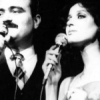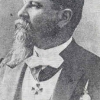 339693
339693
Moldavian Music

The Moldavian music reflects the diversity of the nation as well as the soul of every Moldavian. Music tells us about the musical depth and temperament of the people, their tribute to the forefathers and freedom of musical thought. Music is mother’s lullaby as well as famous single, which can become known in a few days. The Moldavian musical culture is what we have in common with the neighboring countries, in spite of national and religious differences.
Taking shape over the centuries, experiencing the influence of art of neighboring countries, the musical culture of Moldova was eventually formed into the unique phenomenon. Folk music plays a critical part here. The first samples of folk music are work and ceremonial songs: carols, drinking songs, wedding laments, funeral laments. The Moldavian folk music has also such forms as “bochet” (lament) and urban romance. Folk art is presented by unique instrumental melodies.
In general, folk music for Moldova is the same as the literature of the XIX century for Russia, and classical music or philosophy for Germany. The Moldavian folk music is polyphonic and complex.
The process of formation of the Moldavian musical culture, which takes its roots in the culture of ancient Thrace, was affected by more than 200-year-old political dependence on Turkey. The Moldavian folklore was also influenced by the culture of the ancient Slavs. Besides, the influence of the Hungarians and Romanians played a critical part in the development of musical culture. However, the Moldavian culture has formed into a coherent and unique phenomenon, with its distinct characteristics. It managed to combine organically different, sometimes conflicting influences, relying on the powerful cultural foundation of the ancestors.
The oeuvre of classical music composers takes special place in the process of the development of the Moldavian musical culture. Many streets and schools in the country are named after Gabriel Muzichesku, Ciprian Porumbescu, Eugene Kok, Stephen Nyaga. The oeuvre of these composers is being studied at schools and universities. These composers glorified the Republic of Moldova in the world. They managed to cover most genres and styles of classical music.
Despite the fact that the Moldavian music has deep national traditions, the modern music styles such as jazz, rock, electronic music becomes more popular recently.
It is impossible to ignore the art of film music, especially the works of Eugen Doga. He wrote music for more than 200 films, among them the “Jamila”, “Lautars”, “Gypsies Go to Heaven”, “My Sweet and Tender Beast” etc. These tunes are known around the world.
There are dozens of ethnic and cultural associations in Moldova. Such national minorities, as the Ukrainians, Russians, Bulgarians, Gagauzes, Jews, Poles, Germans, Romani peoples, Italians and others have their cultural associations and foundations. The principle of equality and universality of cultural legislation is observed in Moldova, so that ethnic minorities have the opportunity to develop their traditional culture and folklore. On our website there are samples of music of the ethnic minorities living in the territory of Moldova.
If you have additional information for our section, please tell us about it on the forum. We really appreciate that.
În contextul lansării programului ”Satul European”, ce probleme vitale există în localitatea dumneavoastră?
- Statut:
- Sat
- Prima atestare:
- 1491
- Populația:
- 1261 locuitori
Japca este un sat şi comună din raionul Floreşti. Din componenţa comunei fac parte localităţile: Bursuc și Japca. Localitatea se află la distanța de 41 km de orașul Florești și la 150 km de Chișinău. La recensămîntul din anul 2004, populaţia satului constituia 1261 de oameni. Satul Japca a fost menționat documentar în anul 1491.





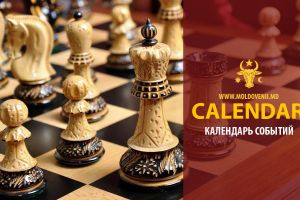 20 aprilie - Calendarul celor mai importante evenimente din trecut și prezent
20 aprilie - Calendarul celor mai importante evenimente din trecut și prezent 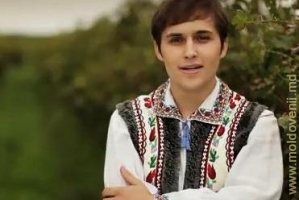 MELODIA ZILEI: Victor Bondari - Radu Mamii
MELODIA ZILEI: Victor Bondari - Radu Mamii  Ce evenimente culturale vor avea loc în ziua de 20 aprilie
Ce evenimente culturale vor avea loc în ziua de 20 aprilie  Moldografia: Casa de Cultură din Bender
Moldografia: Casa de Cultură din Bender 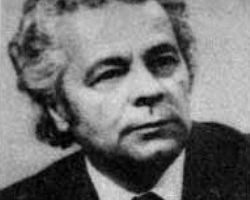 Ilie Bogdesco – maestru al graficii
Ilie Bogdesco – maestru al graficii 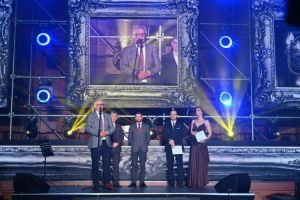 Gala Premiilor Patrimoniului Cultural 2024 - eveniment special, organizat în cap…
Gala Premiilor Patrimoniului Cultural 2024 - eveniment special, organizat în cap… 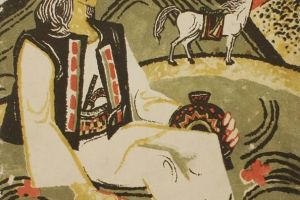 Creația populară: Eposul eroic
Creația populară: Eposul eroic 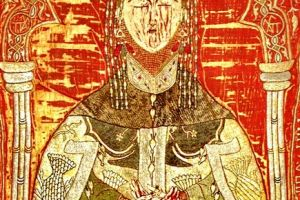 Maria de Mangop – o prințesă bizantină pe tronul Moldovei
Maria de Mangop – o prințesă bizantină pe tronul Moldovei 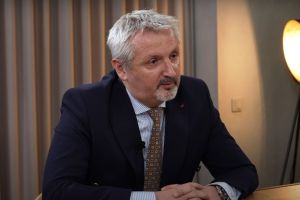 Doru Petruți: ”Cel mai agresiv electorat este fix cel pro-european”
Doru Petruți: ”Cel mai agresiv electorat este fix cel pro-european” 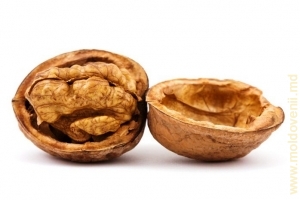 De ce sînt folositoare nucile
De ce sînt folositoare nucile 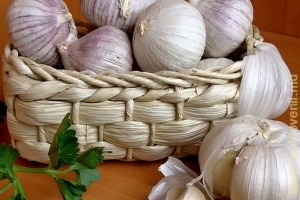 Rețeta care aduce sistemul imunitar la cote maxime
Rețeta care aduce sistemul imunitar la cote maxime  O călătorie pe rîul Larga (Foto)
O călătorie pe rîul Larga (Foto)  21 aprilie - Calendarul celor mai importante evenimente din trecut și prezent
21 aprilie - Calendarul celor mai importante evenimente din trecut și prezent  MELODIA ZILEI: O-Zone - De ce plîng chitarele
MELODIA ZILEI: O-Zone - De ce plîng chitarele  Ce evenimente culturale vor avea loc în ziua de 21 aprilie
Ce evenimente culturale vor avea loc în ziua de 21 aprilie  Moldografia: Începutul defileului de la marginea satului Duruitoarea Veche
Moldografia: Începutul defileului de la marginea satului Duruitoarea Veche 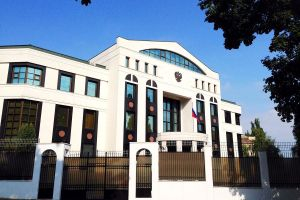 Ambasada Rusiei a mulțumit pentru înlăturarea consecințelor profanării monumente…
Ambasada Rusiei a mulțumit pentru înlăturarea consecințelor profanării monumente…  Nicolae Eșanu: "Constituția nu prevede introducerea anumitor modificări în baza…
Nicolae Eșanu: "Constituția nu prevede introducerea anumitor modificări în baza… 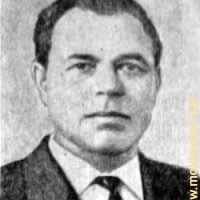 In memoriam Chiril Iliașenco
In memoriam Chiril Iliașenco 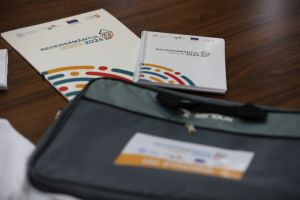 10 mituri despre recensămînt, demontate de Biroul Național de Statistica
10 mituri despre recensămînt, demontate de Biroul Național de Statistica 